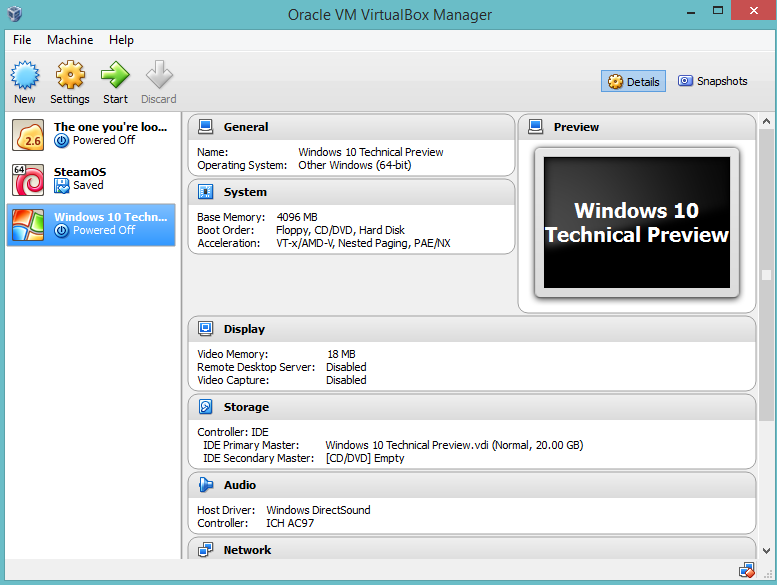

You’re now ready to install Ubuntu on your virtual machine. Click on the tiny disc icon in the Attributes section, select Choose a disk file, navigate to the ISO, and select OK. Look for Storage on the left sidebar of the Settings dialog box. You’ll now see Ubuntu listed on VirtualBox’s left sidebar. If it’s not enabled, the next steps will not work.

If you already have an Ubuntu CD/DVD, you could insert that into the drive and use it in the virtual machine too.īefore moving forward, ensure that you have hardware virtualization enabled in your bios settings. Our virtual machine has been set up, so let’s now move forward and add the Ubuntu ISO to the virtual machine. This completes the first part of the configuration process. You have two options to choose from you could either use Dynamically allocated storage which grows as you keep using the storage, or allocate a Fixed-size storage limit that offers faster performance. This portion will only be accessible to your virtual operating system, i.e., Ubuntu in this case. You’ll also need to allocate a portion of your hard disk to the virtual machine. Click on New to begin the configuration process.Ī dialog box should pop up. You’ll see the following welcome screen when you launch VirtualBox. If it has, you can move forward and configure VirtualBox for Ubuntu. Once installed, check if the Ubuntu ISO has finished downloading. Run the installation and follow the prompts. Note that the installation process may vary slightly among them.

You can download the Windows package, but there are packages available for Linux and macOS as well. You’ll need to download and install VirtualBox on your PC. The current LTS version is Ubuntu 20.04.2 LTS. It’s ideal to use the LTS (long-term support) version. Since you’re installing Ubuntu with VirtualBox, all you need is the ISO. Don’t worry about not having a spare blank disk or flash drive lying around. You can install any Linux OS using this method, but we’ll use Ubuntu for this tutorial since it’s the most popular. How to Install Linux on Windows Using VirtualBox # While you could dual-boot a Linux OS alongside Windows, VirtualBox offers a much cleaner slate if you choose to abandon the Linux OS after a few days. You can use VirtualBox to install a Linux-based OS within Windows 10.


 0 kommentar(er)
0 kommentar(er)
